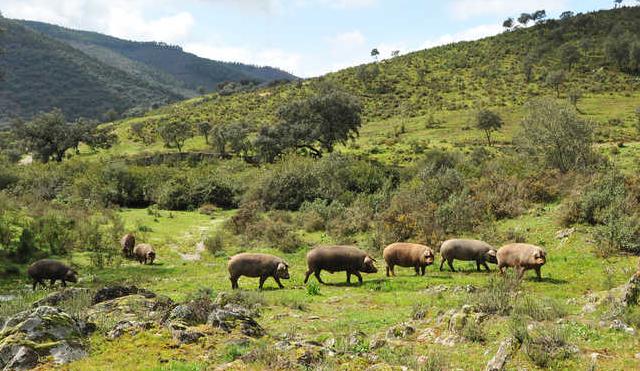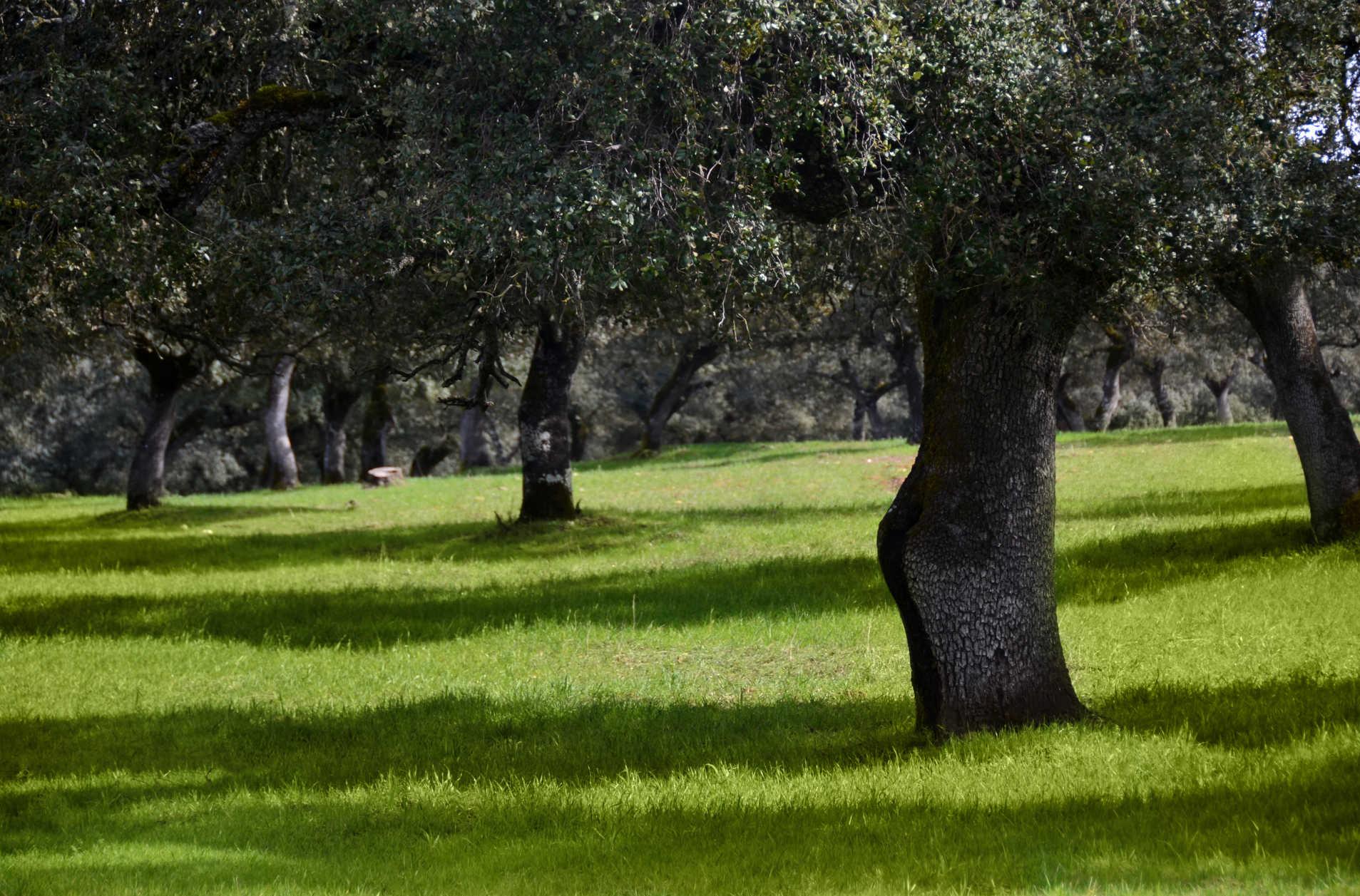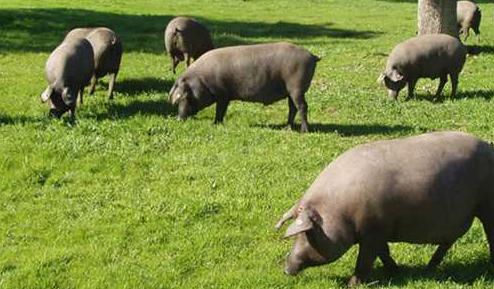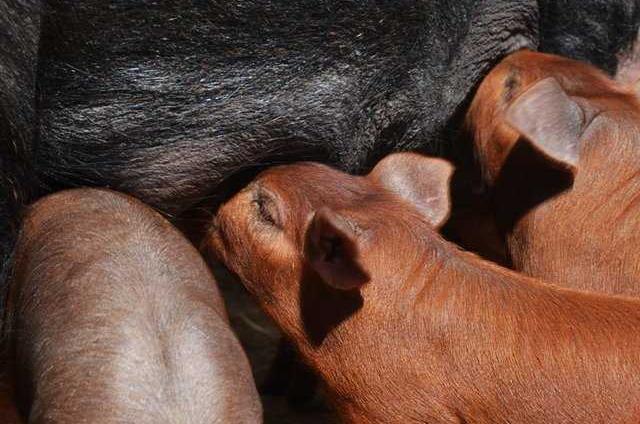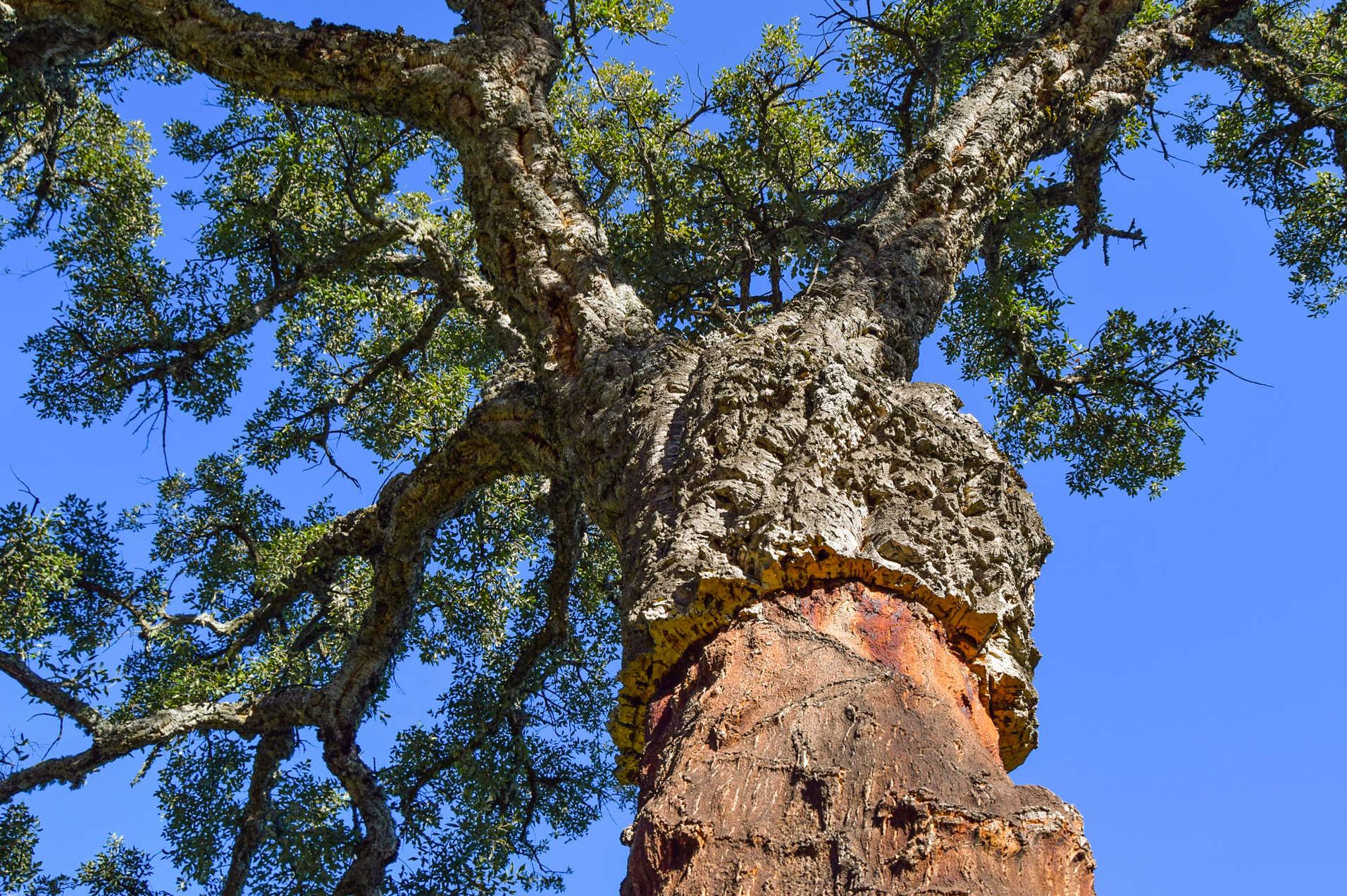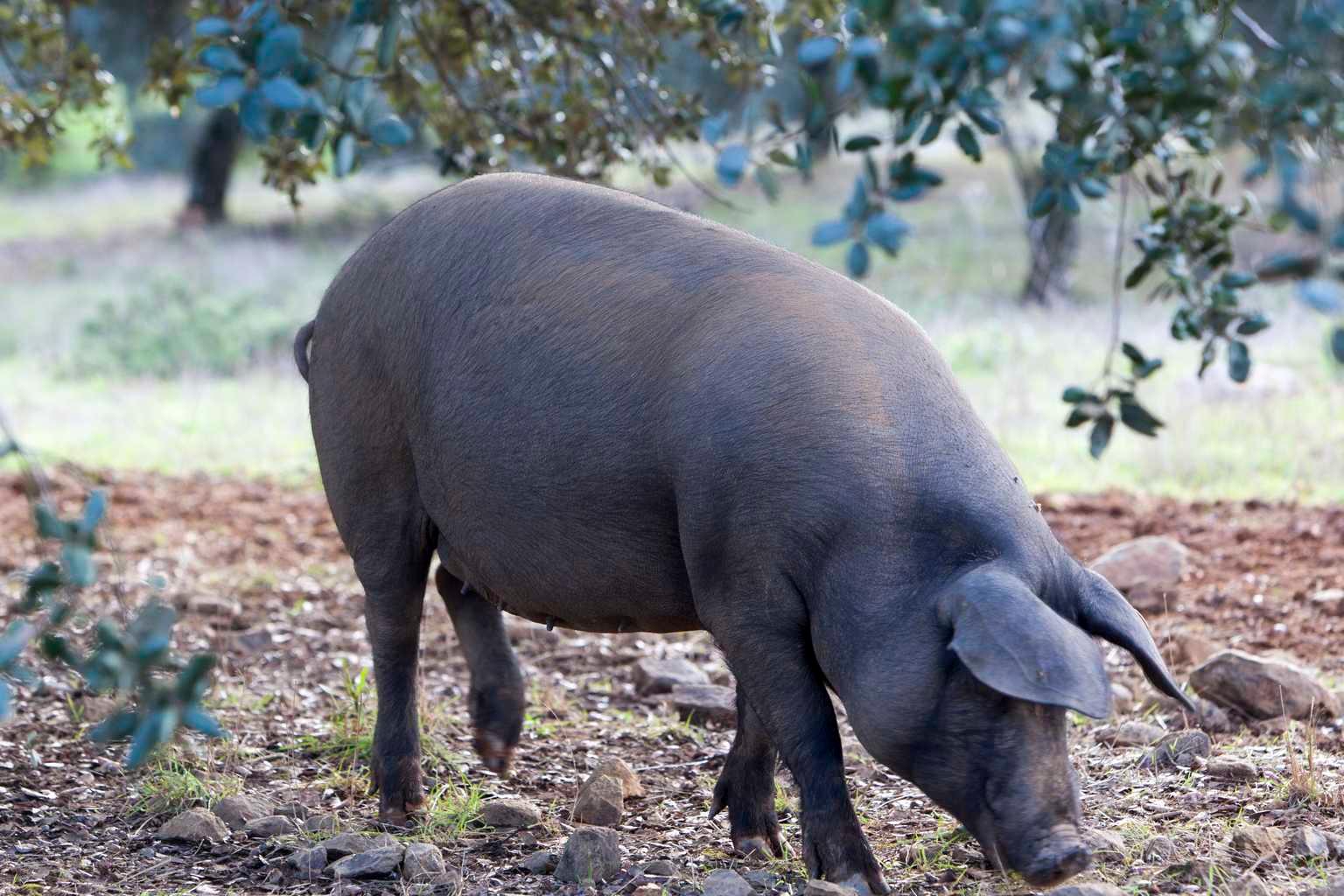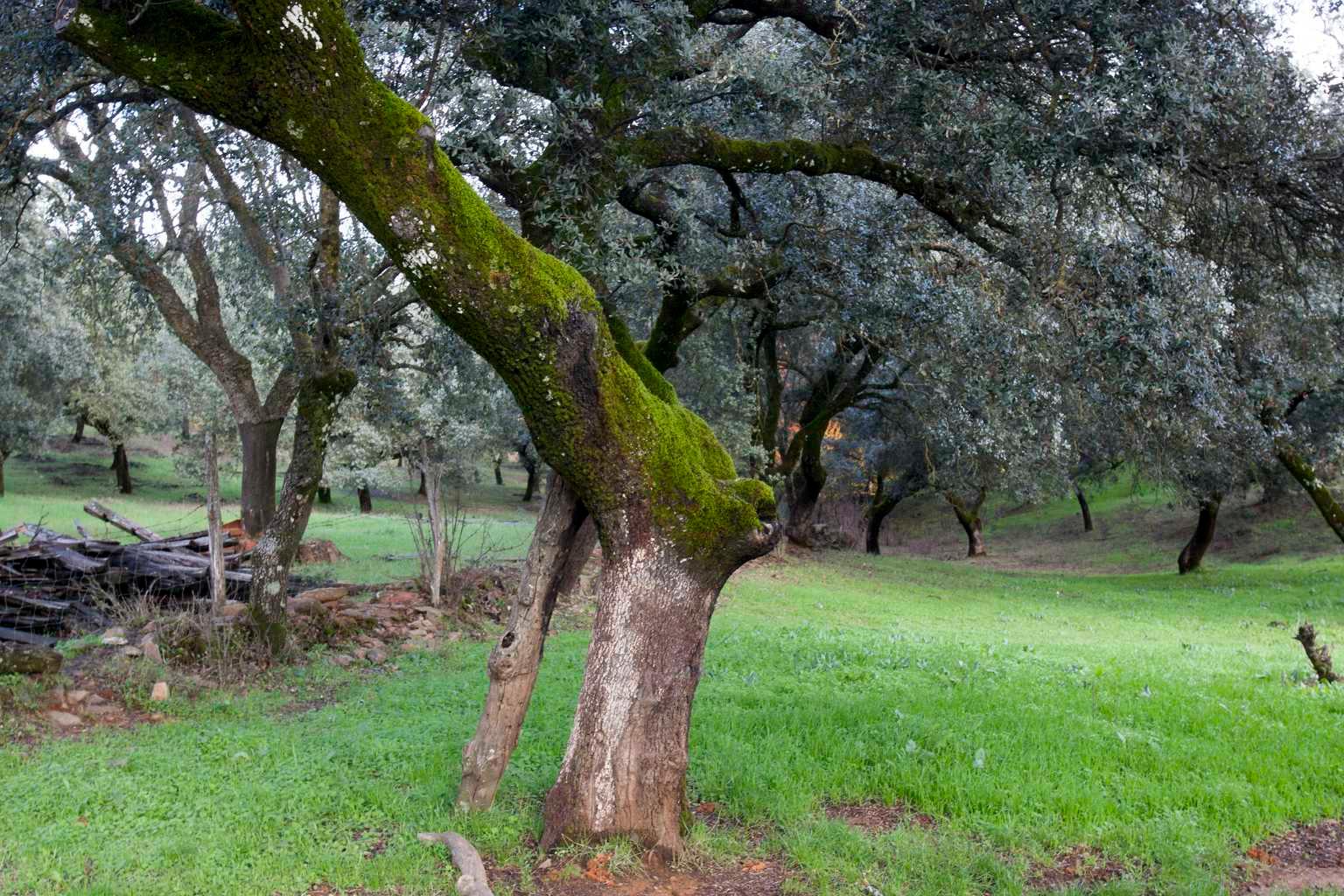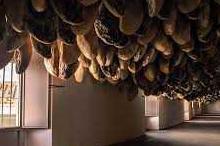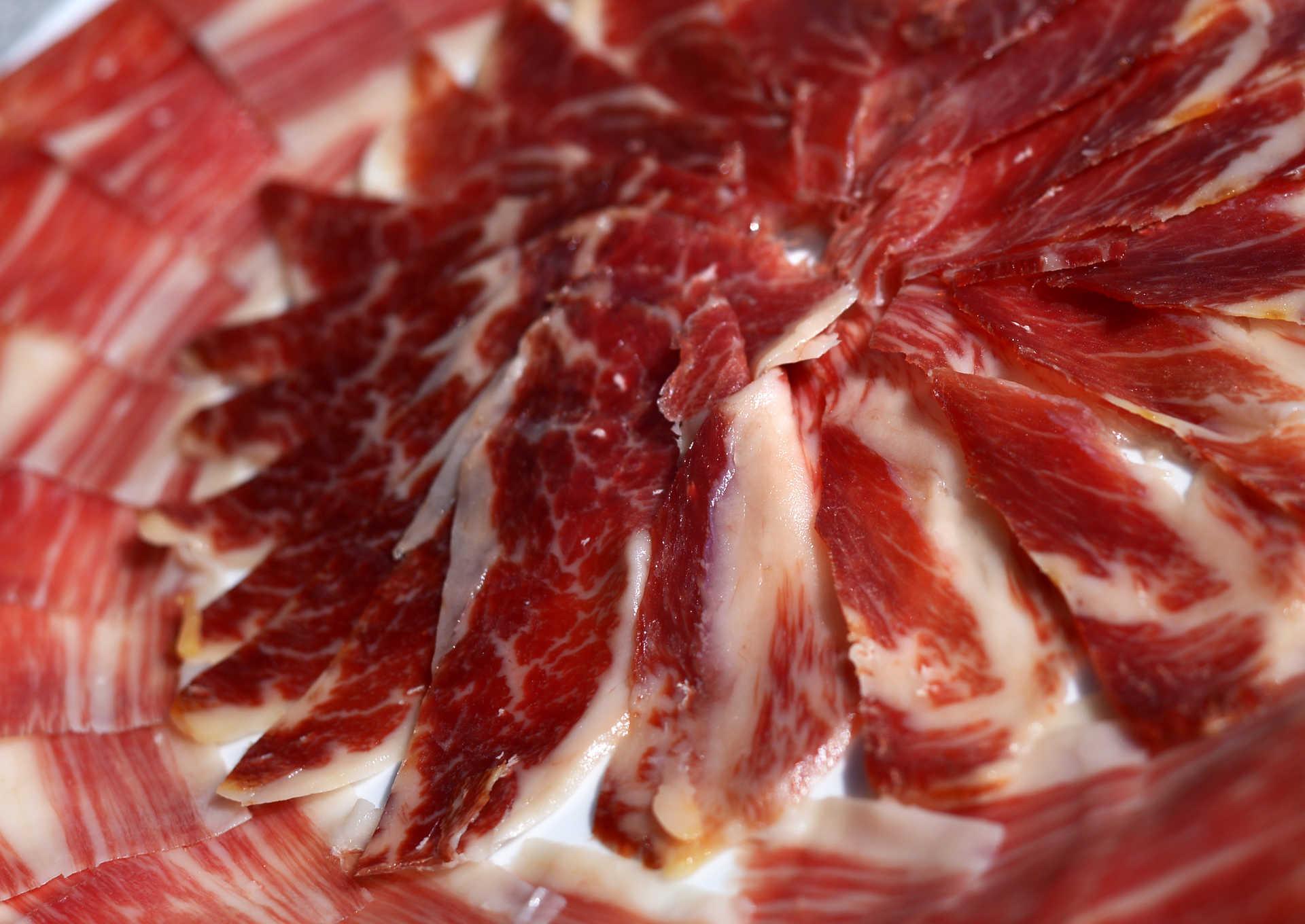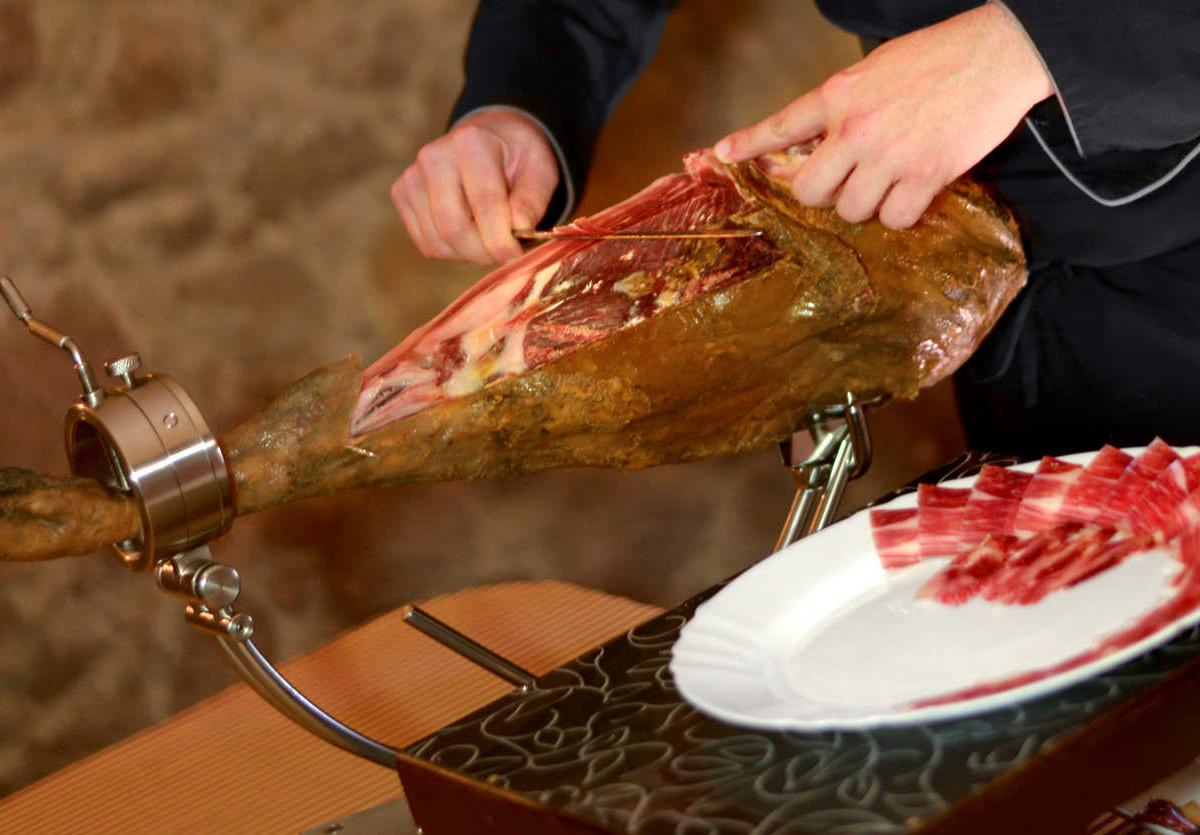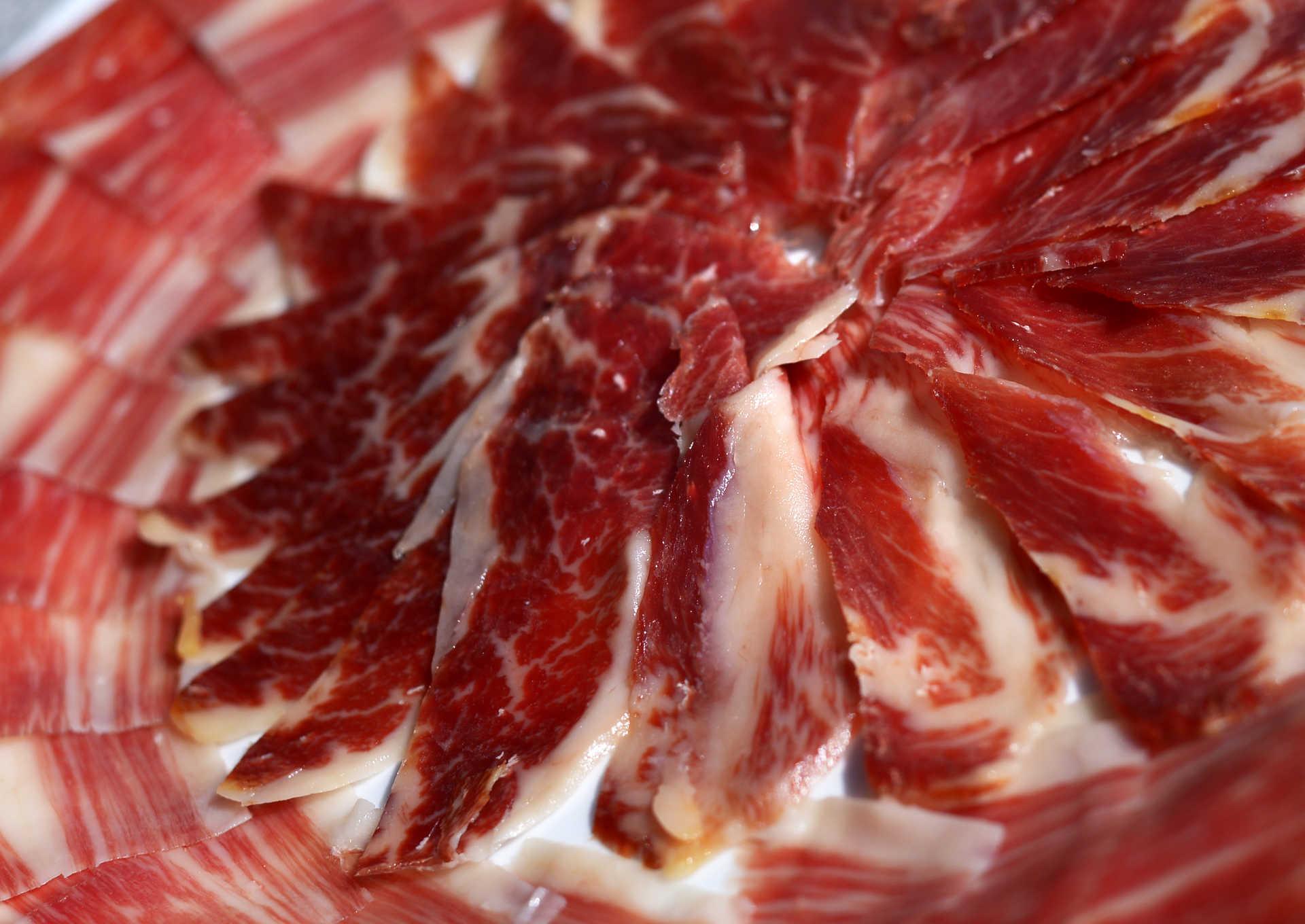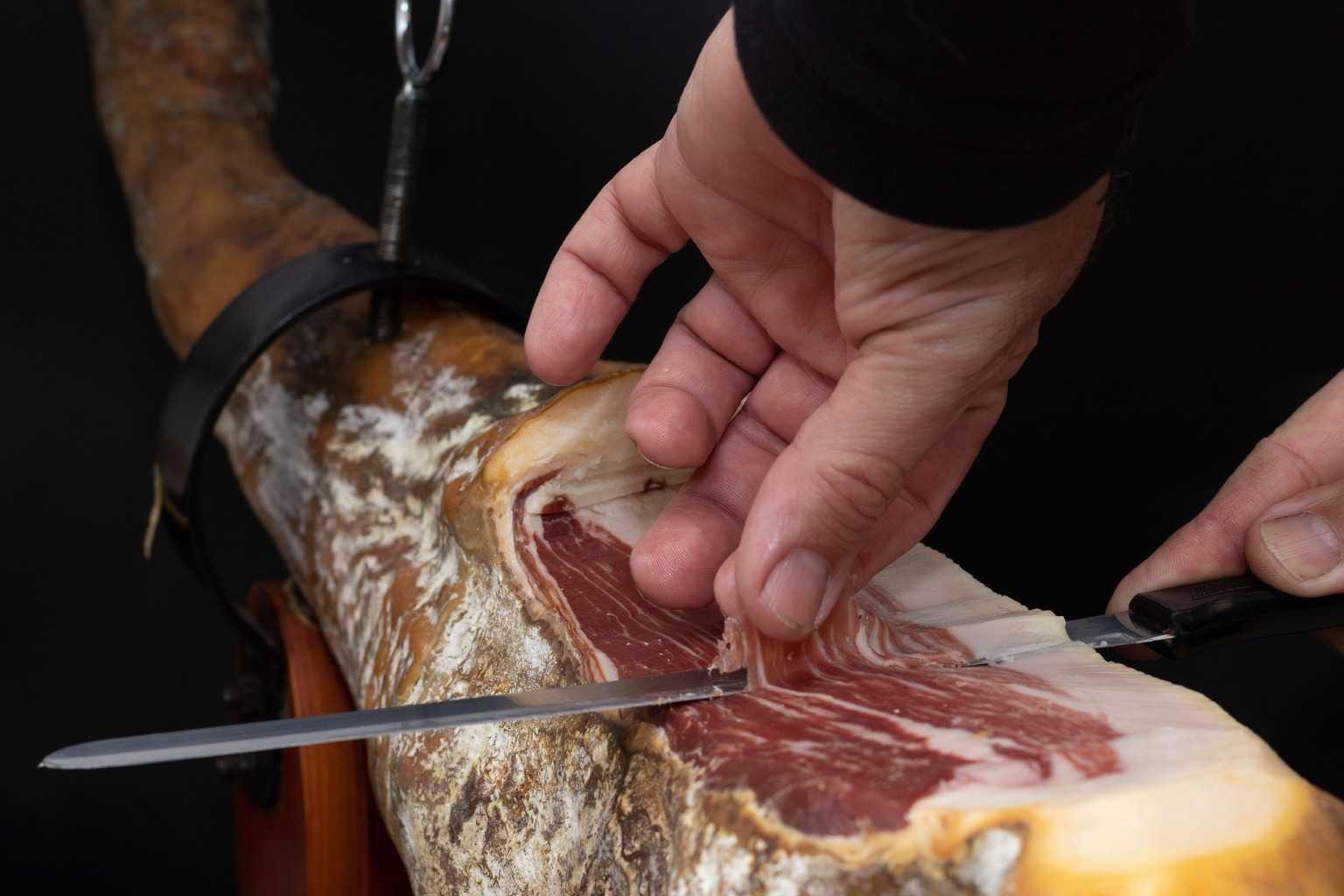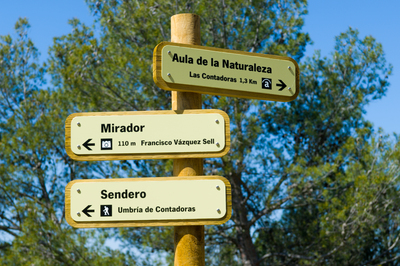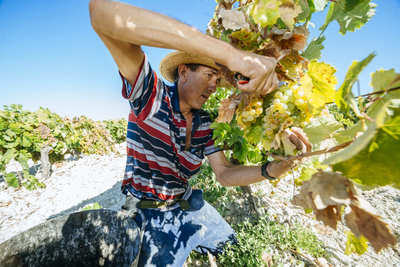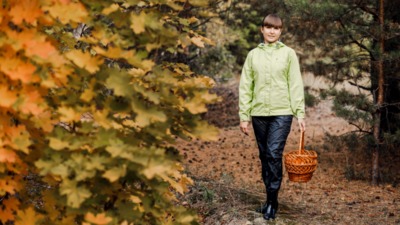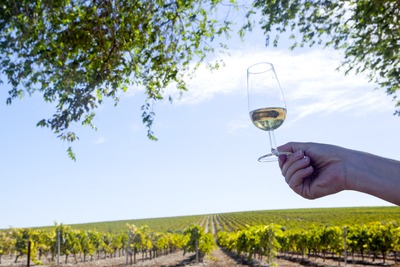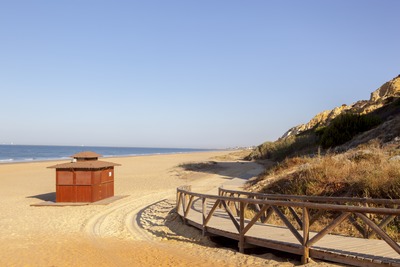The Voices of Jabugo
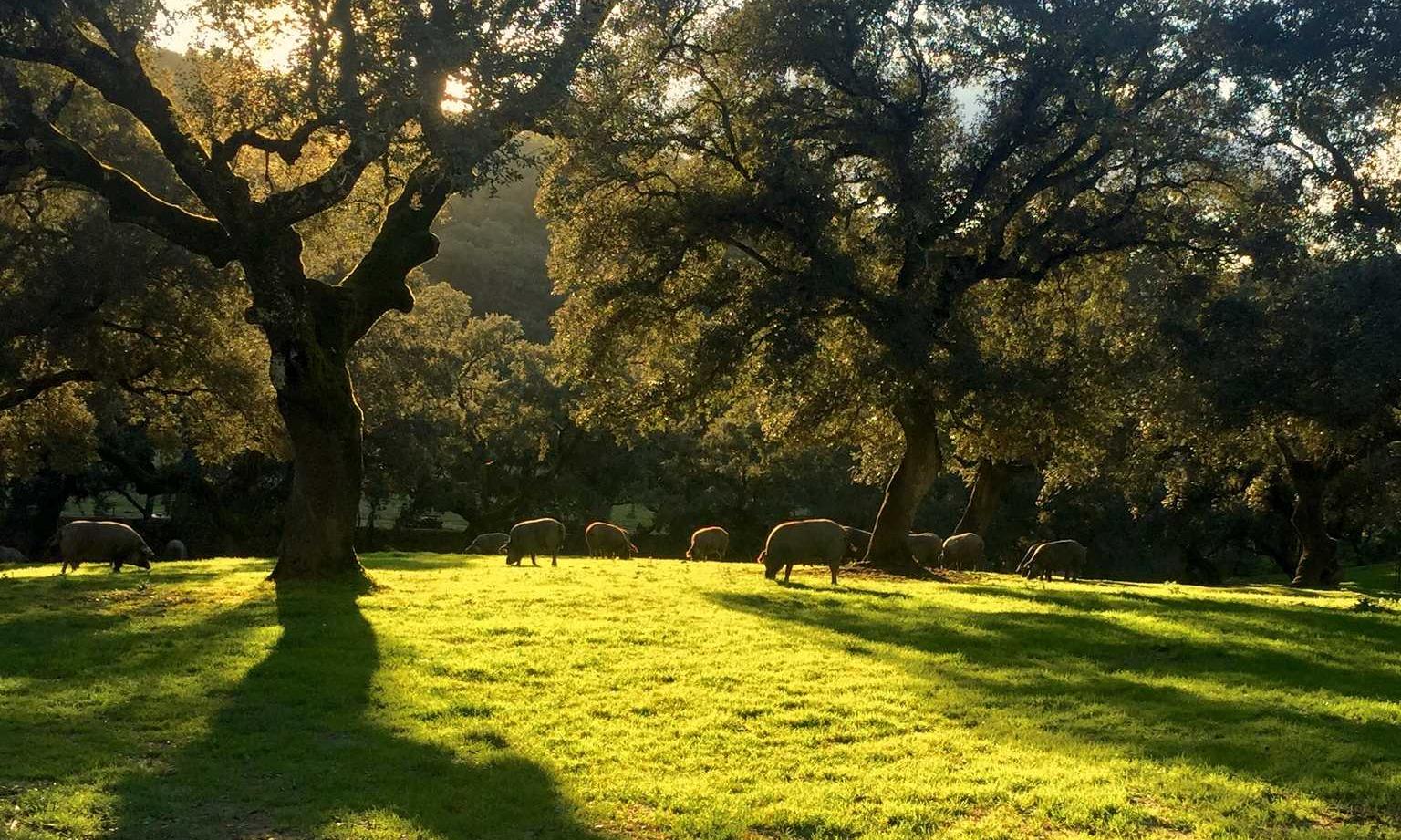
Sierra de Aracena y Picos de Aroche, a region in the northwest of Huelva, is home to the famous Jabugo ham, one of the most typical products of Spanish cuisine.
This gourmet product has had to overcome many difficulties throughout its history, including infighting, unfair competition, Spanish guile or deceitfulness, droughts, and new legislation. But under the protection of the PDO Jabugo, the ham has gained unprecedented popularity.
In order to understand the cycle of Iberian pigs, a key part in ham production, it's important to know about the figure of the swineherd, who accompanies the pigs from birth until the end.
Antonio Chávez, a fourth-generation swineherd in the Suárez pastureland, still works in the traditional way, even though there is more demand and production nowadays.
Ancient rearing methods in Suárez pastureland have not changed: the pigs are born and raised with their mother for 35 days; then they go out to the fields, where they spend about a year and a half until the fattening season (called "montanera"), when the pigs feast on acorns for at least 60 days and double their weight. The swineherd's daily relationship with pigs creates a strong bond, and the pigs aren't just a job, but something much deeper than that.
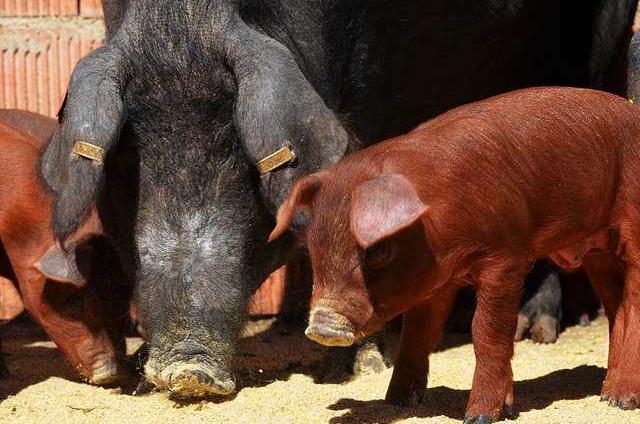
Once Iberian pigs reach the ideal weight during the fattening period, they are taken to the slaughterhouse and then to the quartering room. Manuel Carrillo, a skilled worker in the quartering of Iberian pigs at Bodegas Lazo, separates the shoulders, loins, legs, etc. It's a job that he enjoys in general, although he's not keen on the long commute.
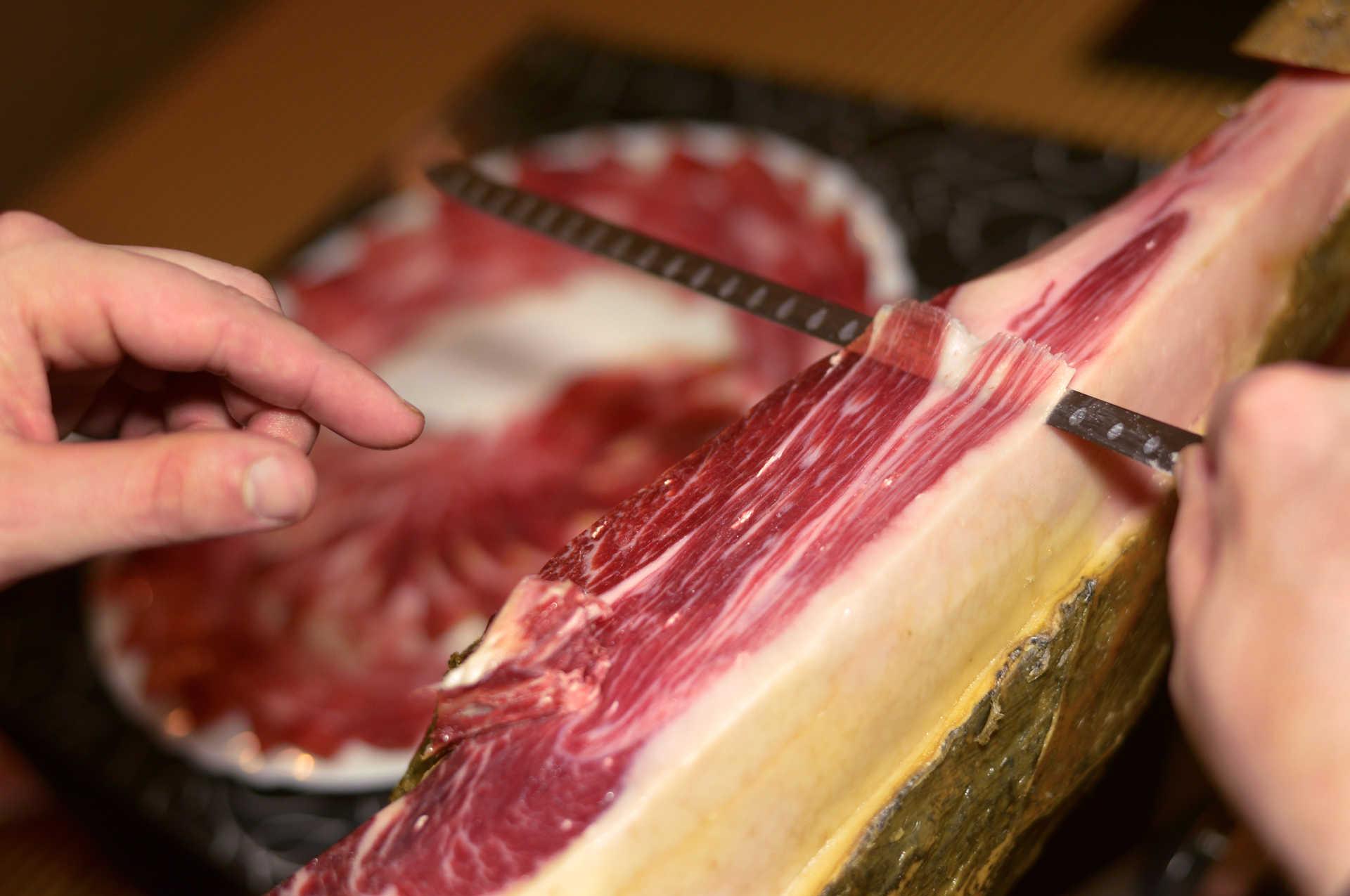
In short, there are many people who work behind the scenes to ensure that Jabugo ham has all the quality and care it deserves.
You can read more information about Jabugo ham here.

